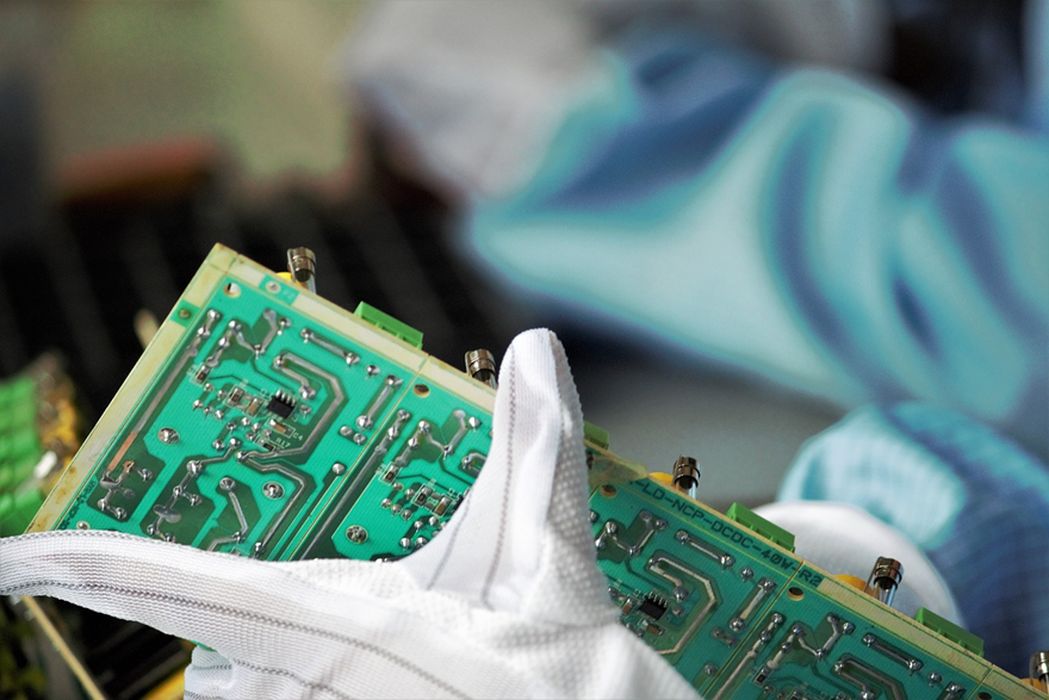
Charles R. Goulding and Preeti Sulibhavi discuss how US states are bolstering new federal clean energy and chips incentives with incentives of their own.
In a May 8, 2023 Financial Times (FT) article, the recent push for clean energy and semiconductor (chips) incentives was highlighted.
A host of states have been gearing up to offer clean energy and semiconductor economic incentives for companies to commence or expand operations in their state. As of March 31, 2023, more than US$200 billion in semiconductor and clean energy investments have flowed into the US as a result of the Inflation Reduction Act (IRA) and the CHIPS Act. Business-friendly states such as South Carolina and Georgia are receiving a significant portion of these investments.
We have previously covered the CHIPS Act and the green subsidies available through the Inflation Reduction Act to companies operating in the United States, and now state governments are piggybacking off these pieces of landmark legislation.
The FT article covered how state and local tax incentives are nothing new, but more and more states are offering targeted incentives or increasing funding to existing incentives to lure companies looking to increase domestic manufacturing operations because of the IRA and CHIPS Acts.
Richard Gonzalez of Abbott Consulting Group adds that “most states have incentive programs that support creating new jobs, and these incentives come in the form of either a multi-year tax credit or in a cash grant style. State level job growth incentives also support just about every industry, including the 3D Printing space. States focus their business growth incentive programs on achieving specific, measurable objectives such as Job Creation which could relate to overall population growth, Increased Payroll and Wages which supports the state from a taxation standpoint, as does the third objective, Overall productivity gains.”
Pennsylvania has recently introduced a tax credit for companies that create a semiconductor or biomedical manufacturing facility, make an investment of at least US$200 million towards those activities in the state, and create 800 permanent jobs. The state has earmarked US$50 million for this tax credit.
The same story is playing out in South Carolina and Georgia as mentioned earlier.
On Bloomberg Television’s Wall Street Week, the SelectUSA summit was featured. This federally promoted summit allows officials from every state to participate in a ‘bidding war’ to make their pitch to entrepreneurs and corporate representatives for in-state investments. A focus of this year’s event was clean energy, and with potential state incentives on top of the Federal government’s US$369 billion earmarked in clean energy investment incentives, the appeal for clean energy manufacturing in the US is greater than ever. This was a preliminary round in the biggest bidding war in history. The goal: to compete with China.
Currently, there are smaller manufacturers utilizing 3D printing technology to enhance their product design, development and fabrication. But, with the state and municipal green incentives in addition to CHIPS incentives, this is an opportunity for 3D printing to grow and expand as well.
Schneider Electric, a global leading manufacturer of electric and automation products, is now expanding its North American operations. This increase in production within the US is due in large part to these Federal and state incentives. The company has already begun setting up factories in the US as it builds a local supply chain for raw materials that include nickel and lithium.
Often with transformative pieces of legislation (such as the IRA and CHIPS Acts), there is more than meets the eye. With more companies setting up manufacturing facilities in the US, states will be experiencing an influx of workers who will be required to run these new production plants. These workers will require all sorts of goods and services and various industries in each state can experience growth and prosperity as well.
There are several moving parts, as not only clean energy, electric vehicles, and semiconductors will benefit, but supply chain and logistics firms, the hospitality industry, and the 3D printing industry all can also all benefit from new and expanded state and municipal tax incentives.
The Research & Development Tax Credit
The now permanent Research and Development (R&D) Tax Credit is available for companies developing new or improved products, processes and/or software.
3D printing can help boost a company’s R&D Tax Credits. Wages for technical employees creating, testing and revising 3D printed prototypes can be included as a percentage of eligible time spent for the R&D Tax Credit. Similarly, when used as a method of improving a process, time spent integrating 3D printing hardware and software counts as an eligible activity. Lastly, when used for modeling and preproduction, the costs of filaments consumed during the development process may also be recovered.
Whether it is used for creating and testing prototypes or for final production, 3D printing is a great indicator that R&D Credit eligible activities are taking place. Companies implementing this technology at any point should consider taking advantage of R&D Tax Credits.
Conclusion
Business-friendly states are recognizing the new magnitude of expanded incentives for clean energy and semiconductor manufacturing following the IRA and CHIPS Acts and focusing their economic incentives on these industries. If companies are shifting their operations to the US, states will want those jobs and related benefits to come to their state and local districts. We see the 3D printing industry as potentially being one of the beneficiaries of this recent trend.
